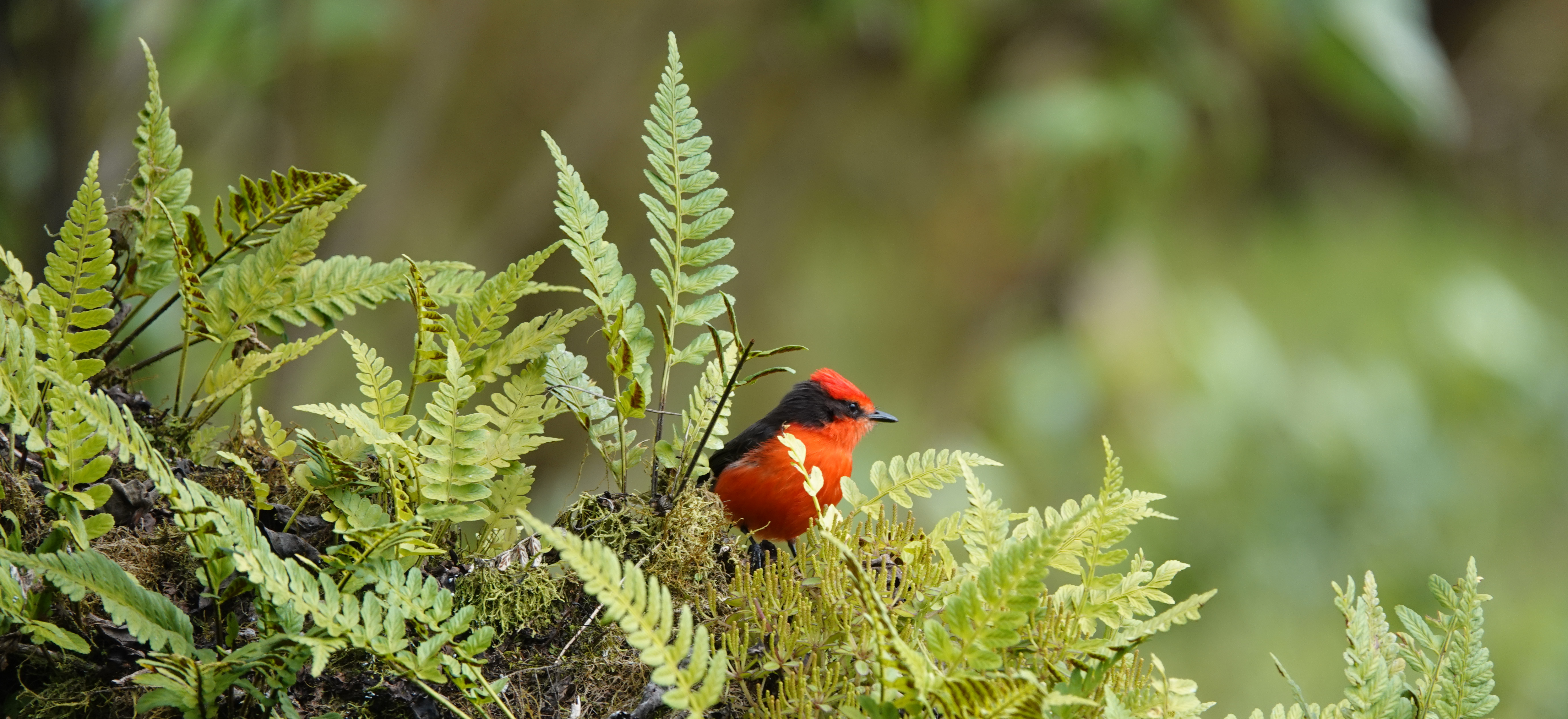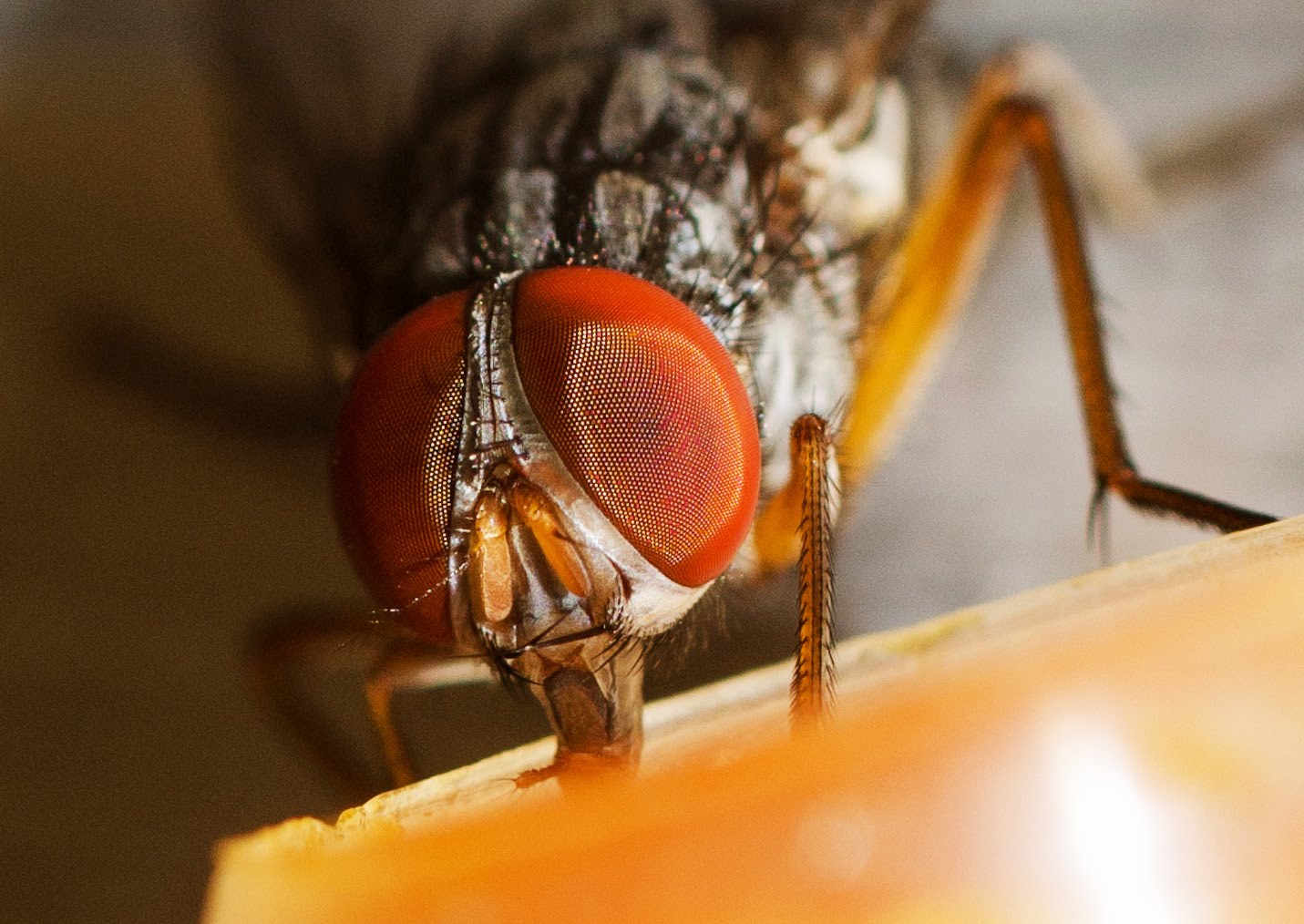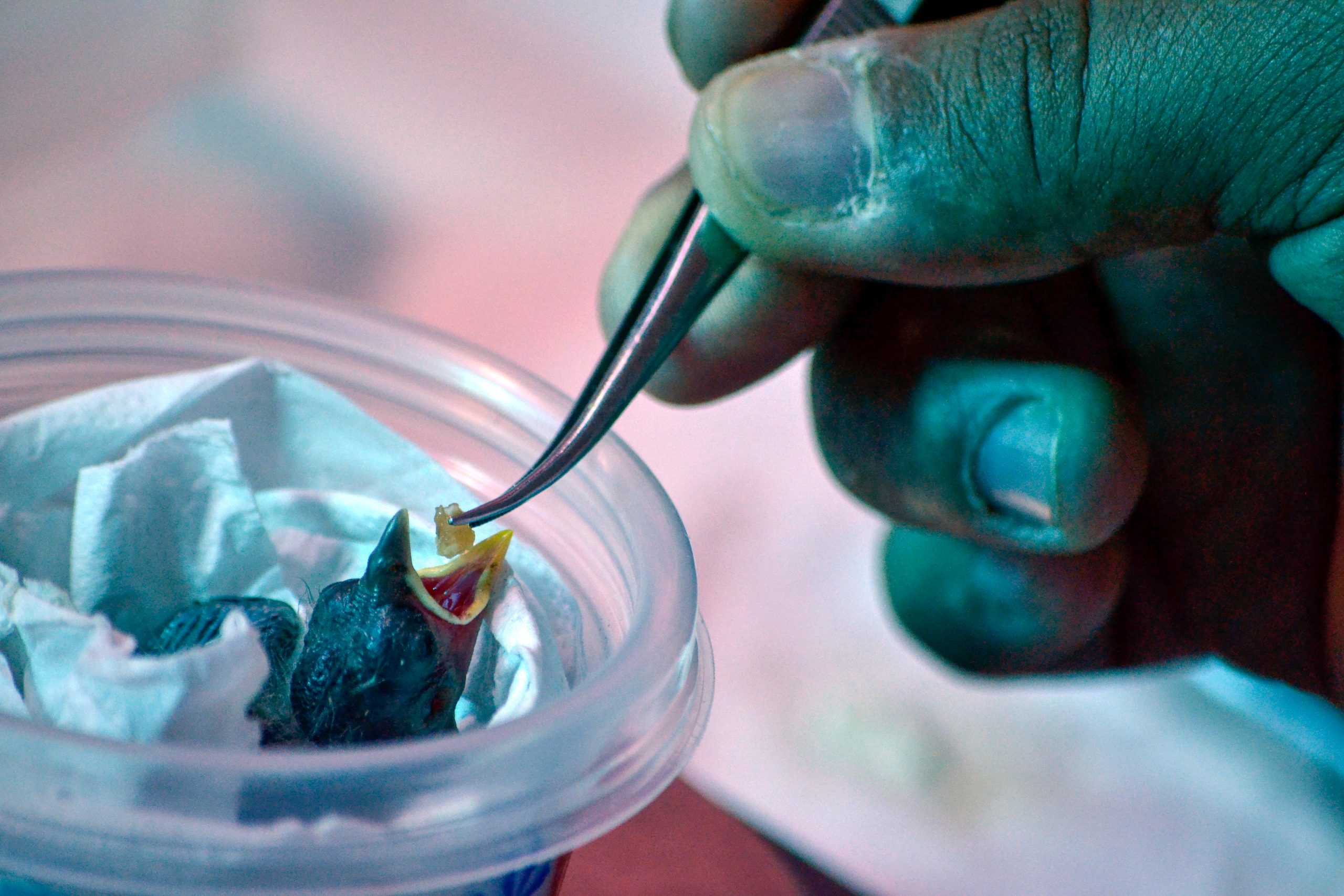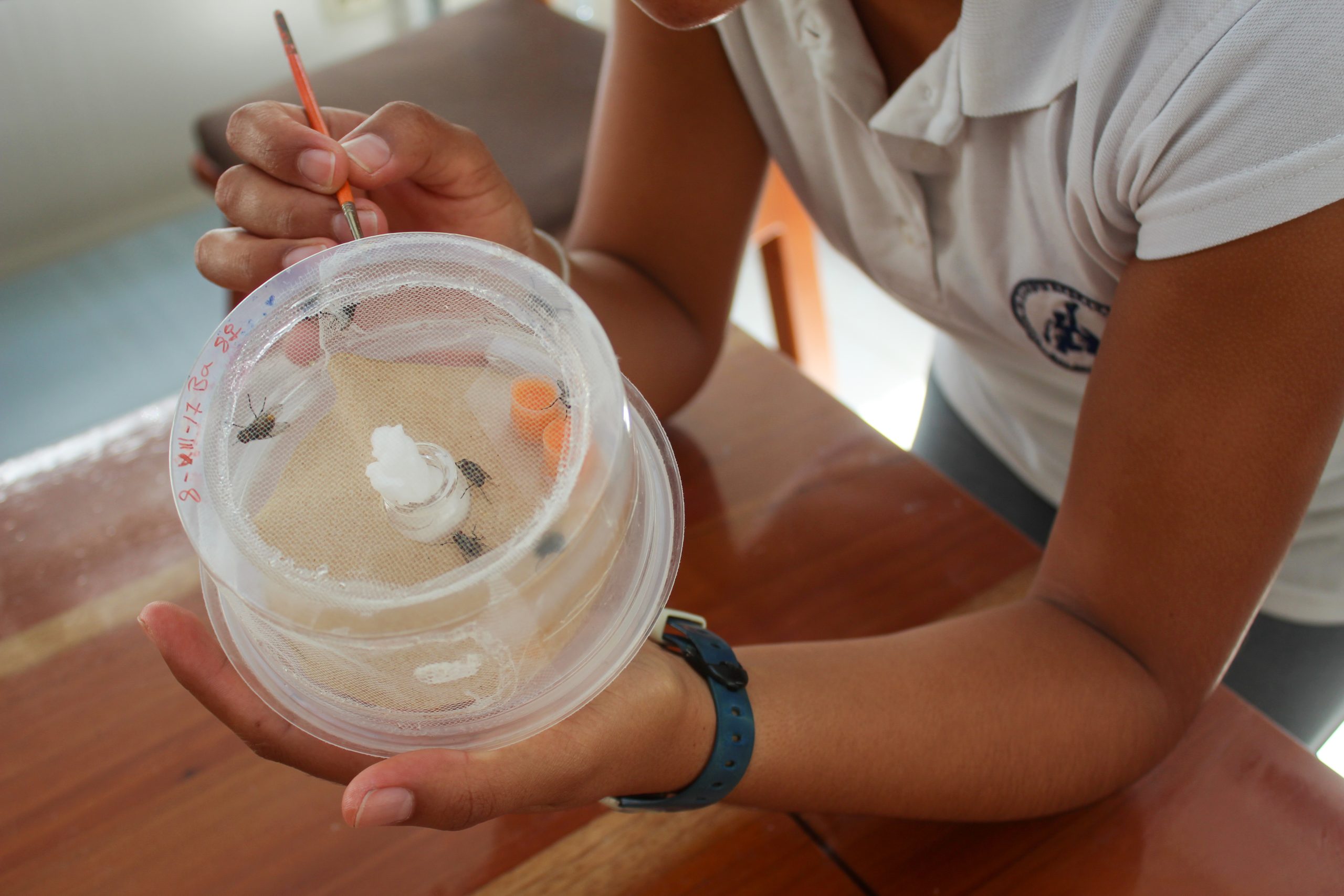Protecting Landbirds by Controlling the Avian Vampire Fly
The Avian Vampire Fly (Philornis downsi) was first discovered in Galápagos in 1997. Native to mainland South America, this parasitic insect quickly spread throughout the Archipelago, infesting the nests and preying on the nestlings of fragile Galápagos landbird populations such as Mangrove Finches and Darwin’s Flycatchers. Conservationists have implemented artificial and biological controls for the invasive fly, and are beginning to see positive rebounds in the Islands’ most affected bird species.
-
Project Location
Affected islands including Floreana, Isabela, San Cristóbal, and Santa Cruz
-
Project Launched
2012
-
Species At Risk
20 Landbird Species
-
Main Partners
Charles Darwin Foundation, University of Vienna

Why it Matters
- The landbirds of Galápagos are some of the Archipelago's most striking and imperiled species. Habitat loss and the continued onslaught of invasive species like the Avian Vampire Fly have pushed their already dwindling populations to the brink of extinction.
- In many cases, birds are both an integral part of a functional ecosystem, and also an indicator of the health of that same ecosystem. Our ongoing efforts to support landbird conservation and restoration efforts benefit not only individual species, but also promote a healthier ecosystem overall.
- The success of various innovative biological and artificial Philornis downsi control methods in Galápagos could potentially be used to inform or bolster other invasive species control efforts both in the Archipelago and around the world,.
- This project is coordinated through a multi-institutional, multi-national effort composed of a number of globally recognized scientists and institutions. The success of this program can serve as not only an incredible conservation success story, but also an example of the changing power of collaboration.
Mitigation = Restoration

Prevent & Control
Managing the spread and impacts of Philornis downsi takes creativity and innovation. Scientists provided “self-fumigated” nesting materials already treated with larvae growth-inhibiting insecticides, and directly treated the nests with insecticide, both of which have shown potential for continued effectiveness. Traps have also been deployed throughout the Archipelago to capture the flies before they are able to reproduce. Another potential Philornis control method that is currently under investigation is the introduction of a biological control agent — another organism that will naturally prey on the Vampire Fly. Further research must be conducted to ensure there will be no unforeseen impacts on other members of the Galápagos biological community.
Positive Signs
On Santa Cruz Island, conservationists have noted a positive trend in Darwin’s Flycatcher population numbers, recording eight fledglings across 13 miles of habitat in 2021. Additionally, a number of fledglings of various species reared in captivity — away from the threat posed by Philornis downsi in the wild — have been successfully released with observed survival and recruitment into the breeding population.


Ongoing Work
Controlling the ongoing threat posed by the Avian Vampire Fly is of principal importance to many organizations including Galápagos Conservancy. The promising results of early mitigation tactics such as self-fumigated nests and consistent insecticide application by conservationists are producing promising results, but the long-term management of this invasive species has still not been accomplished. We will continue to work with our collaborators to support the development of effective and sustainable solutions, while also working to preserve the fragile landbird populations of Galápagos.
Get Involved
Take Action for Galápagos, Right Now
Our generous community of supporters is the cornerstone of our efforts to preserve this ecological wonder of the world.



More from Galápagos Convervancy
Keep Exploring
Our Efficiency
78%
Direct conservation and grants investments
18%
Fundraising
6%
Management







